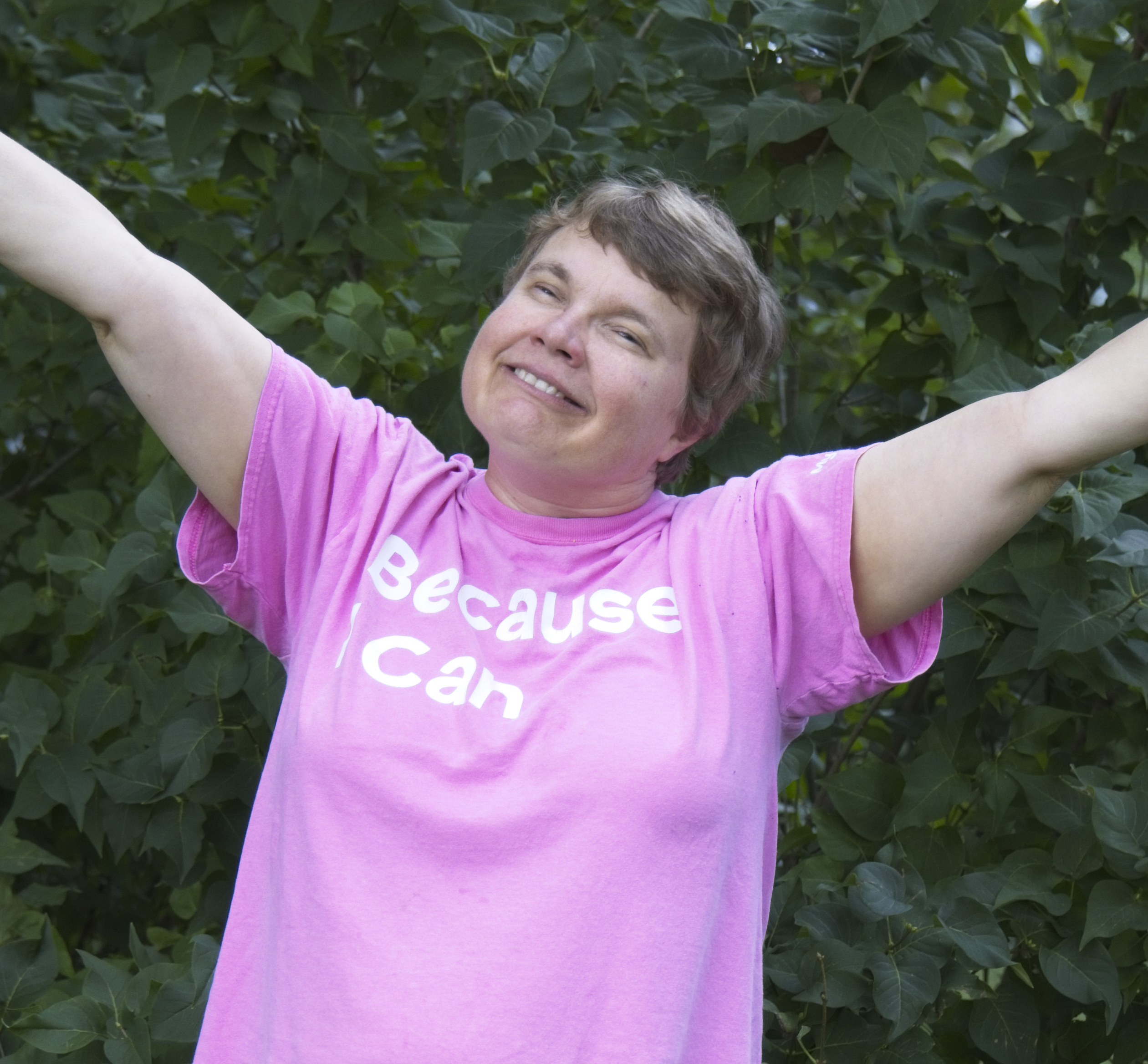
We’ve all heard it before. In order to maximize your chances of a longer and healthier life, you need to:
- Eat better
- Sleep better
- Exercise more
- Smoke less
- Drink less
- Stress less
And yet, making those changes is much easier said than done. In this article, I’ll provide a brief overview of why it’s not easy to change unhealthy behaviors and how peer support can help.
This is a very important concept because at least 4 in 5 adults have at least one modifiable risk factor for chronic disease, and 6 in 10 adults have at least one chronic condition. [1],[2]
Health risks tied to chronic conditions
If you google the top 5-10 most prevalent chronic conditions, the same lifestyle risk factors mentioned above pop up. They are based on countless peer-reviewed scientific studies. In fact, living an unhealthy lifestyle, including smoking, inactivity, poor diet quality, and heavy alcohol consumption, can reduce life expectancy by an average of 18 years. [3]
In addition to the list above, loneliness is an under-reported risk factor. Loneliness can reduce life expectancy by an average of 15 years, which is equivalent to smoking 15 cigarettes a day or being obese. [4]
Of course, this is an oversimplified view or just one part of the equation. A lot more drives risks of poor health outcomes, such as family history and the social determinants of health (such as access to care, education, income, food insecurity, etc.). However, the good news is that changing behaviors reduces risk. For example, increasing physical activity can reduce the death rate from all causes by 15-50%. [5]
Changing behaviors is not easy
Alone, it’s difficult to change behaviors and maintain these changes even when it’s critical to improve our health. For example, studies have shown drop-out rates of 30-60% for maintaining changes long term, and 50-80% of regimens to treat chronic conditions are not followed. [6]
There are many reasons changing behaviors is hard. Routines can become hardwired in our brains, and the brain’s reward centers keep us craving the things we’re trying so hard to resist. [7] We are also wired for short-term rewards and anything that takes time to achieve is difficult.
How peer support can help
A peer support community can help people on their behavior change journey. Knowing you’re not the only one going through this tough process can make all the difference. Peers can share experiences and help hold each other accountable. In addition, online peer support communities can be designed and managed in a way to support important elements of the behavior change process, e.g.:
- Self-reflection – in a blog / journal area
- Knowledge building – via shared experiences and credible content
- Goal-setting – in many ways, both publicly and privately
- Holding yourself accountable by sharing your goals and commitments
- Overall motivational support – this is what community is all about!
Proof that peer support helps
Numerous studies have shown that online peer interactions positively impact how individuals self-manage their conditions and help them make and sustain associated behavior changes. [8],[9] Studies also show that peer support positively affects outcomes across many health conditions, such as:
- Diabetes: -0.5% HbA1C reduction (statistically significant) in diabetic populations [10]
- Addiction: +30% success rate for smoking cessation [11]
- Mental & emotional health: -32% reduction in hospitalizations & -50% reduction in overall health costs [12]
Conclusion
Changing unhealthy habits and behaviors is important but can be very hard to undertake alone. By providing a safe, supportive, informative and motivating environment such as an online community, you can help individuals make and sustain behavior changes.
Interested in talking about how Synergiq can help you support the health and wellbeing of your employees and their families? Contact us today.
Sources:
[1] How Healthy are Canadians? (Government of Canada). Accessed June 1, 2022
[2] Multiple Chronic Conditions in the United States (Rand Corporation, 2017).
[3] Healthy lifestyle and life expectancy free of cancer, cardiovascular disease, and type 2 diabetes: prospective cohort study (BMJ, 2020; 368:l6669. doi:10.1136/bmj.l6669).
[4] AARP Foundation Draws Attention to Social Isolation with the Launch of Connect2Affect (AARP, 2016).
[5] Obesity treatment: Weight loss versus increasing fitness and physical activity for reducing health risks (iScience, 2021; 24(10). https://doi.org/10.1016/j.isci.2021.102995).
[6] Long-Term Adherence to Health Behavior Change (Am J Lifestyle Med., 2013; 7(6): 395–404. doi: 10.1177/1559827613488867).
[7] Breaking Bad Habits: Why it’s So Hard to Change (NIH News in Health, 2012).
[8] Long-Term Condition Self-Management Support in Online Communities: A Meta-Synthesis of Qualitative Papers (J Med Internet Res, 2016; 18(3):e61. doi: 10.2196/jmir.5260).
[9] Peer Support of Complex Health Behaviors in Prevention and Disease Management with Special Reference to Diabetes: Systematic Reviews (Clin Diabetes Endocrinol, 2017; 3: 4. doi: 10.1186/s40842-017-0042-3).
[10] Peer Support Interventions for Adults With Diabetes: A Meta-Analysis of Hemoglobin A1c Outcomes (Ann Fam Med. 2016;14(6):540-551. doi:10.1370/afm.1982).
[11] Role of social support in tobacco cessation (Int J Community Med Public Health, 2017;4(11):3942-3947. DOI: http://dx.doi.org/10.18203/2394-6040.ijcmph20174802).
[12] Peer Support Services Improve Clinical Outcomes by Fostering Recovery and Promoting Empowerment (Optum, 2016). Accessed Feb 6, 2022.
STAY IN THE LOOP
Subscribe for our news and updates.
DEI has evolved into DEIB - Diversity, Equity, Inclusion, and Belonging. At its core, the goal of building communities is to create a sense of belonging. Framed around health and wellbeing, online peer health communities are a great strategic fit for organizations.
Effective content moderation is critical for successful peer support sites. Done right, it ensures that your site feels welcoming and enhances your brand.
Creating a sense of belonging and community is crucial and worthwhile. Learn what it means for the members brought together by Ability Online. 30 years and counting!
45% of employees are caregivers which can impact their health and workplace performance. Offering peer support is an effective way to help ease their burden.



